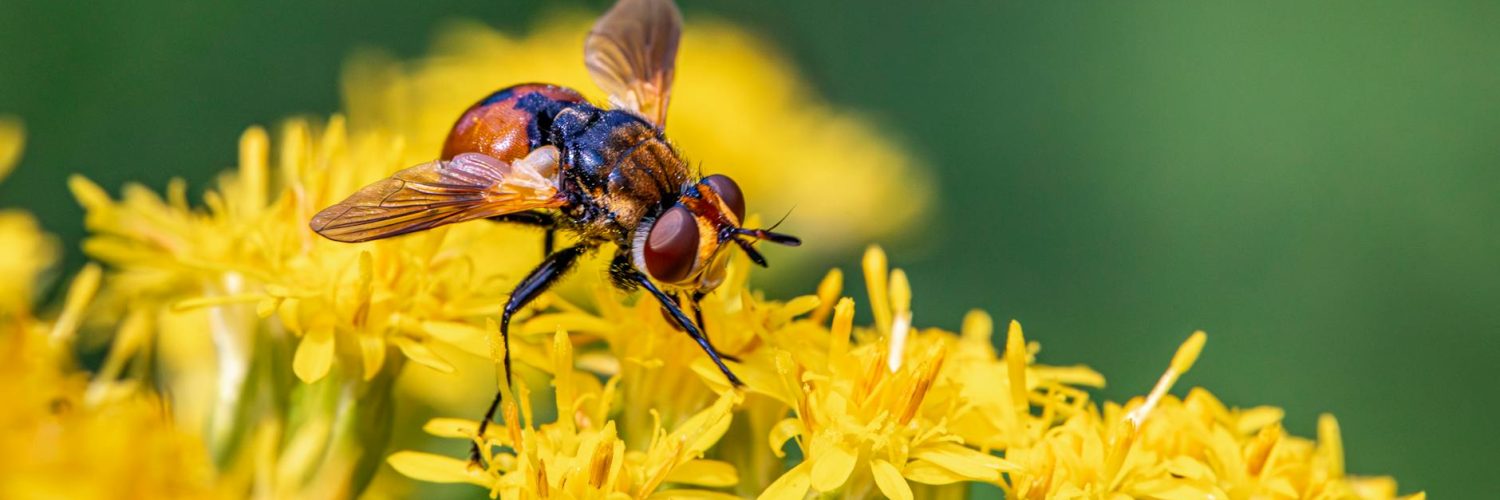We think we know the world. We’ve been told a million facts, seen countless documentaries, and scrolled through endless trivia lists. But what if the things we *think* we know are just the tip of a very strange iceberg? Let’s dive into some seemingly ordinary facts and uncover their wildly unexpected sides.
The Surprisingly Social Lives of Plants
We often picture plants as passive, silent members of the ecosystem. Wrong! Plants are shockingly social creatures. They communicate via chemical signals, warning each other about insect attacks or environmental stress. Imagine a forest as a giant, gossiping network, exchanging information through the soil! This is no simple root-to-root connection; some plants even release volatile organic compounds into the air to alert their neighbors to impending danger – like a plant-based early warning system.
Furthermore, certain plants exhibit incredibly complex behavior. The Venus flytrap, for instance, isn’t just passively waiting for a fly; it actively assesses the “quality” of its prey before snapping shut, making sure the struggle is worth the energy expenditure. It’s borderline predatory – in the plant world, that’s seriously hardcore.
The Unexpected Power of Yawning
Yawning: that involuntary, slightly embarrassing act. We all do it, but why? The simple answer – regulating brain temperature – is surprisingly nuanced. Yawning might cool down your brain, improving its performance, particularly in situations requiring focus and alertness. It’s a subtle, yet powerful, self-regulating mechanism, and the contagiousness points to a fascinating social aspect – possibly mirroring or synchronizing brain states within a group.
But here’s the kicker: yawning might actually be far older than we think. Studies suggest that some animals yawn to display dominance or size, a form of non-verbal communication that transcends a simple need for a brain temperature adjustment.
The Secret Life of Clouds
We all know clouds – fluffy white things in the sky. But did you know that there’s an entire, unseen world within them? Clouds aren’t just random water vapor; they’re intricate structures of ice crystals, water droplets, and countless microscopic particles. These particles, known as cloud condensation nuclei, are dust, pollen, sea salt and even industrial pollutants. They play a significant, often overlooked role in cloud formation and weather patterns. The composition of the air within a cloud is hugely influential on its behaviour and its contribution to precipitation.
What’s more, cloud formation is influenced by seemingly unrelated factors, like the Earth’s magnetic field. This connection might sound outlandish, but studies hint at a non-trivial influence, adding another layer to our understanding of weather systems.
The Surprisingly Diverse World of Bees
Beyond honey, bees are masters of architecture, engineering, and communication. Their honeycombs are celebrated examples of efficiency and structural integrity, but their sophisticated communication system – the “waggle dance” – is equally remarkable. This dance isn’t just a random jig; it’s a highly specific set of movements that convey the direction and distance of a food source. It’s a language encoded in movement; a form of non-verbal communication so precise that it’s been a source of scientific fascination for decades.
While the honeybee gets most of the attention, the staggering diversity of bee species is often ignored. There are thousands of bee species worldwide, each with unique behaviors, adaptations, and social structures. Some are solitary, while others are highly social. Some specialize in pollinating specific plants, creating complex symbiotic relationships that are crucial for the health of ecosystems.
The Unexpected Chemistry of Cooking
Food isn’t just fuel; it’s a complex chemical reaction happening right before your eyes. From the Maillard reaction (the browning of food) to the caramelization of sugars, cooking is a symphony of chemical transformations that drastically alter the taste, texture, and nutritional value of ingredients. Understanding these chemical processes allows chefs to precisely control the outcome of their culinary creations.
Consider the impact of simple fermentation: the use of microorganisms to transform food, creating everything from cheese to sourdough bread to kimchi. These microbial processes aren’t just about preserving food; they actively enhance its flavor, texture and nutritional content through the release of unique compounds.
The Hidden History of Everyday Objects
Take, for instance, the humble button. Its evolution reflects centuries of technological and cultural change. From simple clasps and fastenings in ancient civilizations to the intricate, decorative buttons of the Victorian era, their history is a fascinating reflection of design innovation and social status. Or consider the seemingly simple pencil – its graphite core, a byproduct of mining, has a remarkable history intertwined with global politics and economic shifts.
Even ordinary materials have hidden depths. The cotton in your shirt, the concrete in your sidewalk, the plastic in your phone – each has a complex supply chain, environmental impact and hidden history far beyond its immediate function. Understanding this context adds a significant layer of insight to our daily lives, making the ordinary extraordinary. What Are the Most Unbelievable Coincidences in History?
So next time you encounter something seemingly familiar, take a moment to consider its hidden layers and unexpected connections. The world around us is far stranger, more fascinating and more interconnected than we often realize.

























Add comment